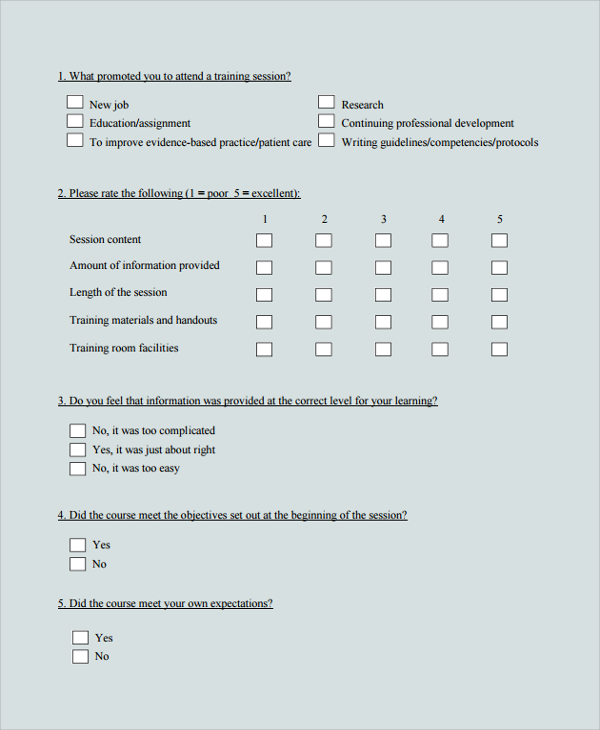

Encourage teacher and peer dialogue around learning - Instructors can invite students to discuss the formative learning process together.Examples include comments on multiple paper drafts, criterion discussions during 1-on-1 conferences, and regular online quizzes.

Feedback may be corrective and forward-looking, rather than just evaluative.
Give students detailed, actionable feedback - Instructors can consistently provide specific feedback tied to predefined criteria, with opportunities to revise or apply feedback before final submission. In addition, instructors can ask students to describe the qualities of their best work, either through writing or group discussion. Encourage students’ self-reflection - Instructors can ask students to utilize course criteria to evaluate their own or a peer’s work, and to share what kinds of feedback they find most valuable. Instructors may also hold class-wide conversations on performance criteria at strategic moments throughout a term. Keep clear criteria for what defines good performance - Instructors can explain criteria for A-F graded papers, and encourage student discussion and reflection about these criteria (this can be accomplished though office hours, rubrics, post-grade peer review, or exam / assignment wrappers). Seven principles (adapted from Nicol and Macfarlane-Dick, 2007 with additions) can guide instructor strategies: Instructors can help students grow as learners by actively encouraging them to self-assess their own skills and knowledge retention, and by giving clear instructions and feedback. Scaffolded (teacher supported) / independently performedįormative Assessment Ideally, formative assessment strategies improve teaching and learning simultaneously. Teacher initiated/controlled / student initiated/controlled. Open-ended response / closed/constrained response. Summative assessment can be used to great effect in conjunction and alignment with formative assessment, and instructors can consider a variety of ways to combine these approaches.Įxamples of Formative and Summative Assessments Examples of Formative and Summative Assessments Formativeīoth forms of assessment can vary across several dimensions (Trumbull and Lash, 2013): Summative assessments are almost always formally graded and often heavily weighted (though they do not need to be). In contrast, summative assessments evaluate student learning, knowledge, proficiency, or success at the conclusion of an instructional period, like a unit, course, or program. In short, formative assessment occurs throughout a class or course, and seeks to improve student achievement of learning objectives through approaches that can support specific student needs (Theal and Franklin, 2010, p. It can include students assessing themselves, peers, or even the instructor, through writing, quizzes, conversation, and more. It includes effective tools for helping to shape learning, and can even bolster students’ abilities to take ownership of their learning when they understand that the goal is to improve learning, not apply final marks (Trumbull and Lash, 2013). 
Formative assessment refers to tools that identify misconceptions, struggles, and learning gaps along the way and assess how to close those gaps. Assessment allows both instructor and student to monitor progress towards achieving learning objectives, and can be approached in a variety of ways.







 0 kommentar(er)
0 kommentar(er)
